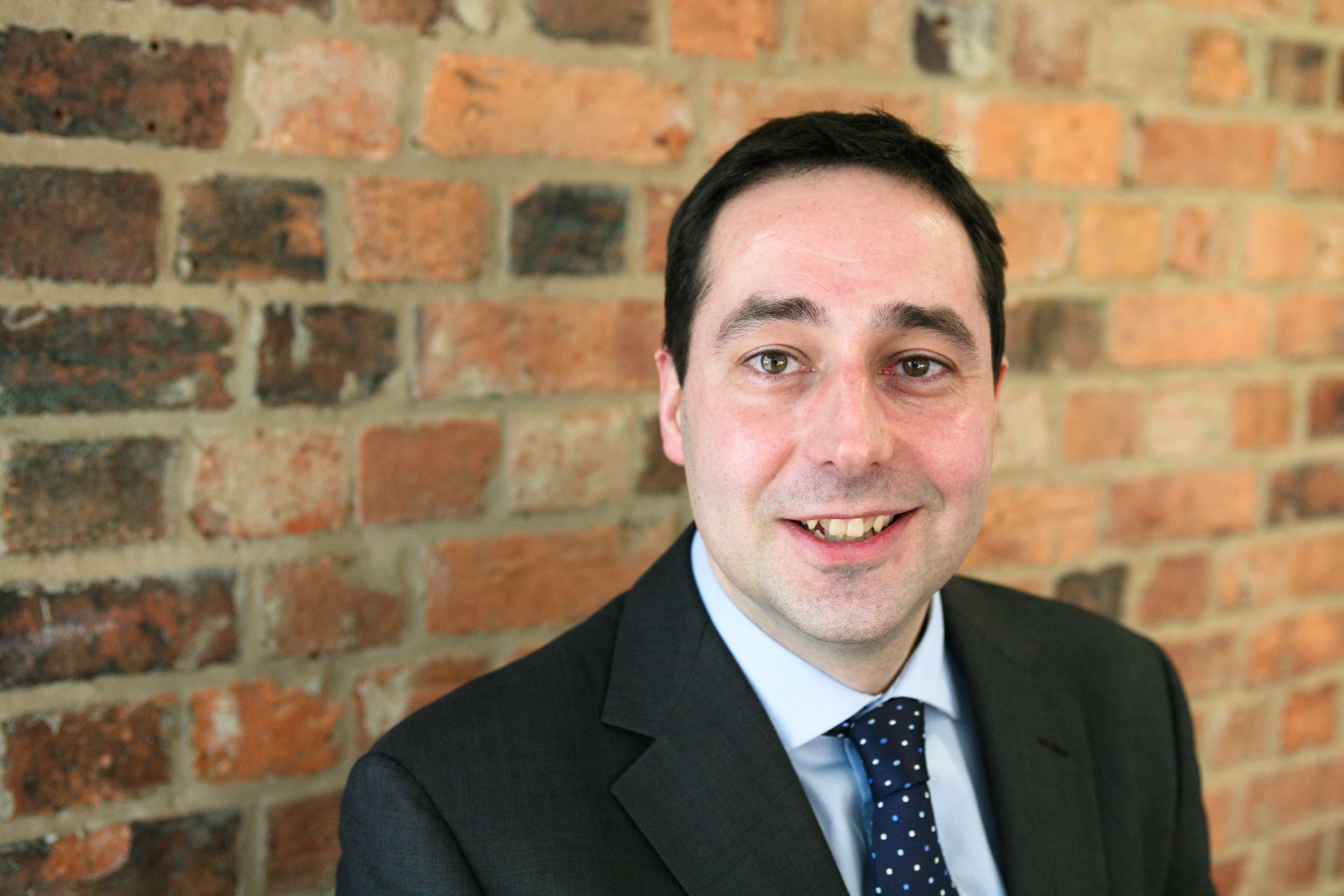Profit from the sale of an individual’s home is free from capital gains tax under the Principle Private Residence relief (PPR) rules. Property which is not the individual’s main residence may be taxed when it is sold.
Where an individual owns more than one residential property, rules exists giving the opportunity to minimise future capital gains tax liability by deciding on which property to elect to be treated as their PPR (so called ‘flipping’ the main residence). This only applies if the properties have been the individual’s only or main residence at some time. However, the following changes have recently taken place to these rules:
• Previously, the final 3 years of ownership was included within the relief, even if the property was not occupied throughout this 3 year period. From 6 April 2014, this qualifying period has reduced from 36 to 18 months. It is important that anyone looking to sell their main residence should consider the impact of the change on their decision. The largest impact will be felt by those who have lived in the property for a relatively short period of time, or who let a property they previously lived in.
• A consultation document accompanying the 2014 annual budget included proposals to remove completely, this ability for anyone with more than one residential property to elect which one will be treated as their PPR. Individuals with a second home should therefore consider making PPR elections and make sure they have been submitted to HM Revenue & Customs before new proposals come into force from April 2015.


